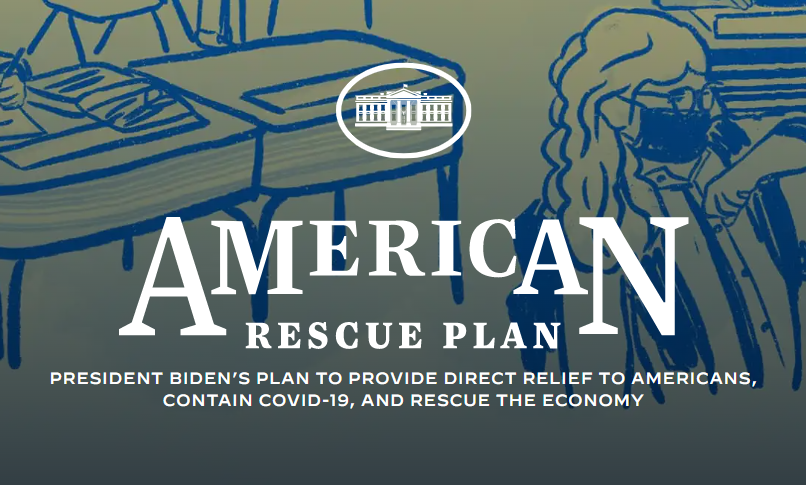Among the many governmental challenges during the COVID-19 crisis, loss of revenue and the necessary transition to remote operations have been two of the most common. Additionally, recruiting and retaining quality government workers is a greater challenge than it ever has been. In response to these ongoing issues, the $1.9 trillion American Rescue Plan Act (ARPA) of 2021 includes $350 billion in State and Local Fiscal Recovery Funds (SLFRF) for state, local, territorial, and tribal governments. The most likely sources providing funding for technology are SLFRF categories that support:
-
Replacing lost public sector revenue.
-
Responding to the far-reaching public health and negative economic impacts of the pandemic.
-
Modernizing cybersecurity, including hardware, software, and protection of critical infrastructure.
How can ARPA benefit your organization?
For technology projects, a very relevant path for funding is likely to be what Treasury has earmarked to replace lost revenue. For local, regional, and tribal governments, a certain flexibility exists in how these replacement funds may be used. The broad guideline is that local governments may use replacement funds to pay for activities that fall under their definition of ‘government services’ in “an amount equal to the revenue loss experienced by the recipient due” to the pandemic. The amount of funding to replace lost revenue can be realized by a standard allowance of up to $10 million or more for certain claims.
ARPA Guidelines
We are now nearing the halfway point of the ARPA period, and many recipients are just now detailing their spending plans. Now that the Government has issued the so called “Interim Final Rule”, local units of government should be more comfortable completing their planning.
The U.S. Department of the Treasury released guidance on May 10, 2021, that included information about eligible uses, ineligible uses, allocations for Metropolitan cities, reporting requirements for Metropolitan cities, and receiving guidelines for Metropolitan cities. Guidance information, including the Interim Final Rule can be found here.
REPORTING & COMPLIANCE
Government services is the most flexible eligible use category under the SLFRF program, and funds are subject to streamlined reporting & compliance requirements. Recipients should be mindful that certain restrictions (detailed further in the restrictions on use section & applicable to all uses of funds), apply to government services as well).
The Flexibility of SLFRF
The Government Finance Review reports that many “of the changes the Treasury Department made to finalize the rule were applauded by governments across the United States.”
Since all direct recipients are required to submit their information into the Treasury’s portal, GFOA has provided a roadmap.
- Having SAM.gov registration information for all procurement benefits will benefit you while reporting throughout the covered period.
- Ensure that all payments under ARPA procurement contracts are consistent with the Treasury Department standard.
- Closely monitor your proximity to the threshold for single audit eligibility.
- Keep your expenditures within the covered period (March 3, 2020 – December 31, 2024).
- Submit all project and expenditure reports by April 30, 2022.



